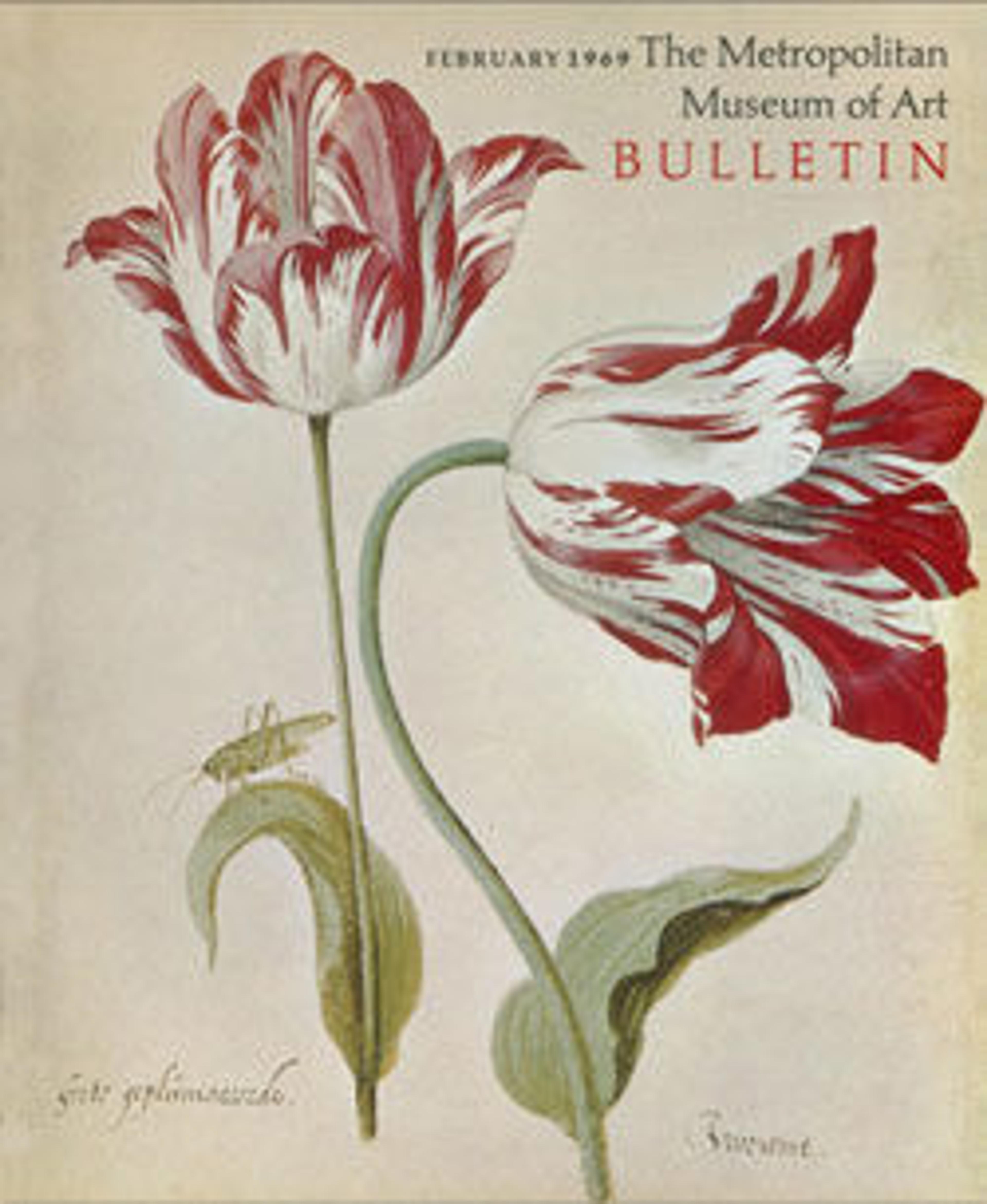A View of the Vestibule of Santa Maria Maggiore at Rome
Georges-François Blondel was the son of a leading French architectural theorist Jacques-François Blondel. After training in Paris, he worked first in Rome and then in London, where he learned the technique of mezzotint engraving. This print depicts a celebrated structure of eighteenth-century Rome, Ferdinando Fuga's dramatic facade of the Church of Santa Maria Maggiore, completed in 1743. It is one of nine architectural views the artist published between 1765 and 1767. His taste for monumental classical structures and his tendency to make even modern subjects resemble ancient ruins suggest his admiration for Giovanni Battista Piranesi (1720-1788). The fragmented view, small figures, and classical architectural forms which Blondel created similarly give the late Baroque structure the appearance of an ancient ruin. Unusually, Blondel rocked the mezzotint plate twice: first when preparing the ground for the design, and again when scraping the composition, creating haphazard, expressive strokes that animate the sky.
Artwork Details
- Title: A View of the Vestibule of Santa Maria Maggiore at Rome
- Artist and publisher: Georges François Blondel (French, 1730–after 1792)
- Published in: London
- Date: 1765–67
- Medium: Mezzotint; published state
- Dimensions: Sheet: 22 1/4 x 16 in. (56.5 x 40.6 cm)
- Classifications: Prints, Ornament & Architecture
- Credit Line: The Elisha Whittelsey Collection, The Elisha Whittelsey Fund, 1967
- Object Number: 67.797.6
- Curatorial Department: Drawings and Prints
More Artwork
Research Resources
The Met provides unparalleled resources for research and welcomes an international community of students and scholars. The Met's Open Access API is where creators and researchers can connect to the The Met collection. Open Access data and public domain images are available for unrestricted commercial and noncommercial use without permission or fee.
To request images under copyright and other restrictions, please use this Image Request form.
Feedback
We continue to research and examine historical and cultural context for objects in The Met collection. If you have comments or questions about this object record, please contact us using the form below. The Museum looks forward to receiving your comments.
